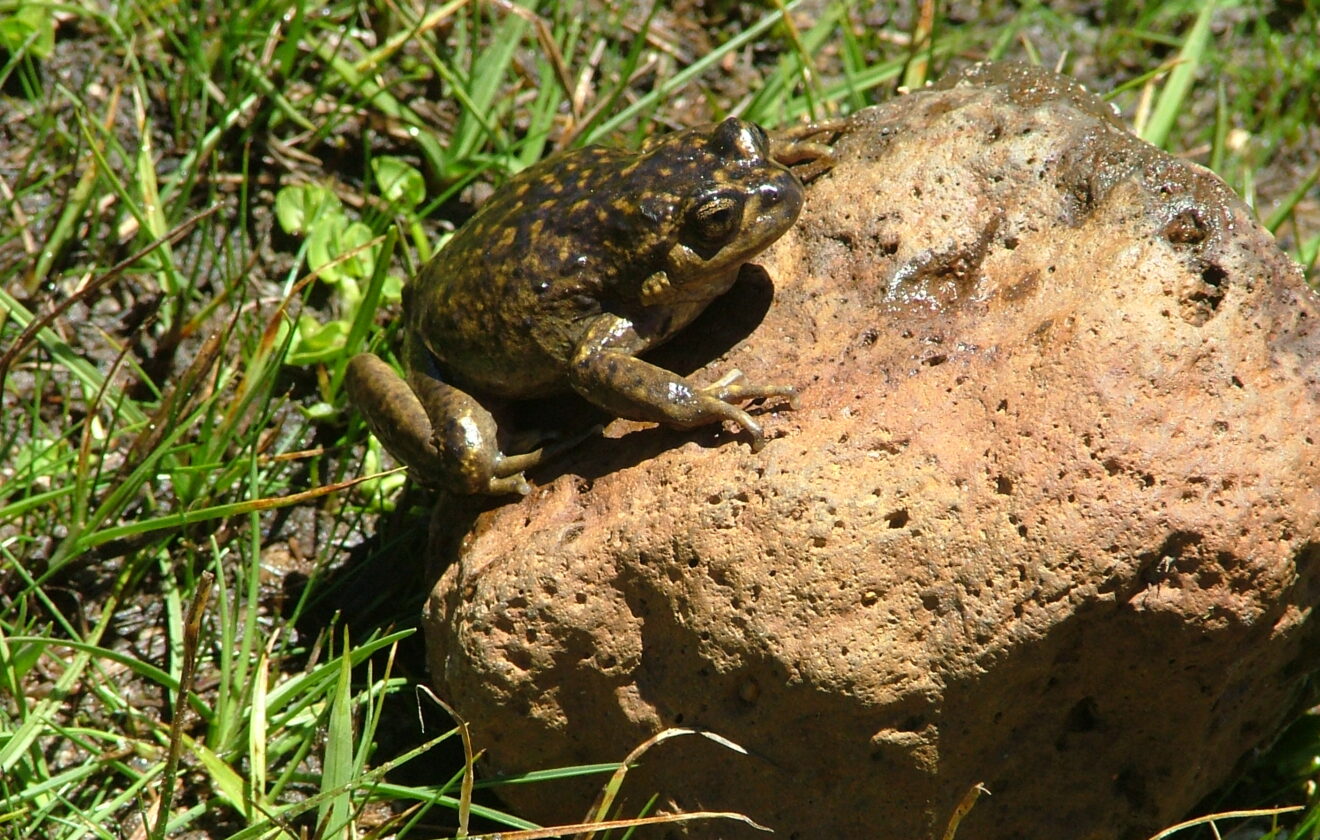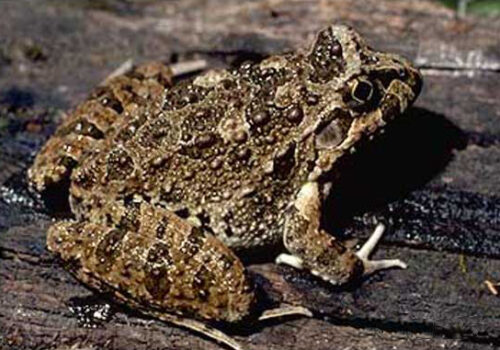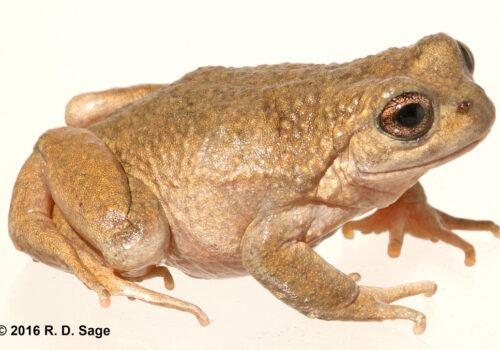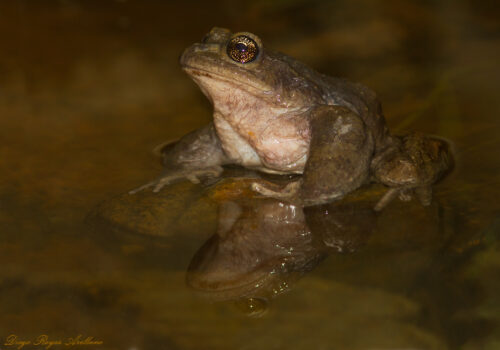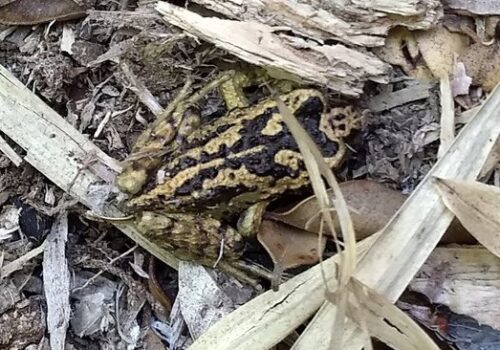Alsodes pehuenche: The Enigmatic Andean Frog Facing an Uncertain Future#
Tucked high in the rugged Andes Mountains, hidden within mist-shrouded valleys and alpine wetlands, exists a small, elusive creature known as Alsodes pehuenche, or the Pehuenche spiny-chest frog. With its cryptic coloration, secretive habits, and remarkable adaptations to the challenging alpine ecosystem, this amphibian tells a story of endurance, specialized evolution, and delicate ecological balance. Yet beneath its unassuming presence, this tiny animal stands as a critical indicator of environmental health, echoing a quiet warning we must heed.
Taxonomy and Classification#
Belonging to the family Alsodidae, Alsodes pehuenche was first described scientifically in 1989 by renowned herpetologists Cei and Roig. The genus Alsodes, consisting of numerous species adapted to mountainous and temperate climates, is endemic predominantly to Argentina and Chile, revealing the deep evolutionary ties of these frogs to the Andean landscapes.
The species’ name, pehuenche, is derived from the indigenous Pehuenche people, whose cultural heritage and traditional lifestyles closely intertwine with these high-altitude ecosystems. Like these human inhabitants, Alsodes pehuenche has uniquely adapted to the challenging living conditions presented by its cold and rigorous alpine habitat. Among closely related species, such as Alsodes gargola and Alsodes australis, it shares several morphological and ecological traits, yet remains distinct due to specific evolutionary adaptations.
Natural Habitat#
An Alpine Amphibian in the Clouds#
Perched within a narrow altitudinal band, typically ranging from 2,000 to 2,500 meters above sea level, Alsodes pehuenche occupies the mountainous borderbackbone that splits Argentina and Chile. It predominantly inhabits mountain bogs, marshes, and wetlands where groundwater seeps out from the earth’s rocky crust, creating small streams, pools, and marshy areas—tiny islands of life enveloped in rugged, inhospitable terrain.
The environment where the Pehuenche spiny-chest frog thrives is strikingly beautiful yet precariously fragile. Flowering tussock grasses sway beneath gusts that sweep through the valleys, while sparse shrubs and cushion plants scattered across the landscape hold on tenaciously amid a backdrop of looming peaks and sheer cliffs. Here, melting snow and glacier runoff bring precious moisture, supporting biodiversity at micro-habitats ruled by harsh conditions—intense ultraviolet radiation, significant temperature fluctuations, and low atmospheric pressure.
For Alsodes pehuenche, these conditions demand the highest level of specialization. Due to their sensitivity to temperature and humidity variation, they seek refuge beneath rocks, in moss-covered crevices, and in dense vegetation patches, safeguarding themselves from drying winds and cold spells. Such microhabitats afford them critical stability to pursue their delicate life cycles.
Physical Characteristics#
One might easily overlook Alsodes pehuenche due to its natural camouflage—a robust yet compact body measuring just four to six centimeters in length, adorned with shades of brown, olive-green, and gray. The cryptic patterning of its mottled skin expertly mimics the colors and textures of its rocky alpine home, providing critical camouflage against predators like birds and small mammals, and easing its ambush hunting methods.
Spiny protrusions—small keratinized thorns scattered across its chest and male forearms—give this amphibian its evocative name, “spiny-chest frog.” During breeding seasons, males use these thorn-like structures in aggressive territorial displays and battles, grappling fiercely as they defend their chosen breeding ponds. Females, generally smoother and larger-bodied, showcase physical adaptations for increased fecundity, producing numerous eggs to combat the inhospitable environment’s high mortality rate.
Equally notable is their thick, glandular skin, evolved specifically to minimize water loss—a vital adaptation in an ecosystem characterized by thin atmosphere and scarce free-standing water. Each physical characteristic reflects nature’s elegant response to the demanding environment it inhabits, underscoring its perfected evolutionary niche.
Behavior and Life Cycle#
A Secretive Life Amid Alpine Waters#
Alsodes pehuenche leads a largely nocturnal and secluded lifestyle, emerging under the cover of night to actively forage for food and conduct social interactions. Their diet comprises a variety of small invertebrates, including beetles, spiders, ants, and occasionally aquatic insect larvae, reflecting an opportunistic feeding strategy suited to the limited resources available in their alpine setting.
Breeding behaviors of the Pehuenche spiny-chest frogs showcase remarkable resilience and adaptation. With the arrival of the brief alpine spring—an ephemeral threshold between an imposing winter and a fleeting summer—males begin to vocalize distinct calls from concealed positions along stream banks or around small mountain pools. Their soft croaking choruses echo softly, resonating gently through valleys and drawing females from hidden refugia.
Life Starts Beneath Icy Waters#
After meticulous territorial competition among males, successful pairs mate through a process known as amplexus—where the male clasps onto the female’s back, fertilizing eggs protectively as she deposits them into tiny pools and shallow streams. The resulting tadpoles evolve within these frigid waters, relying remarkably on environmental timing and synchronization—developing rapidly to metamorphose before possible drying or freezing events threaten their watery nurseries.
This rapid metamorphosis exemplifies the adaptability of Alsodes pehuenche, a small but resilient master of mountain survival. Juveniles soon move onto land, retaining affinity for water-saturated areas. Although adept terrestrial dwellers, proximity to moisture is essential, as delicate amphibian skin demands reliable hydration sources throughout its life stages.
Ecological Role#
Frogs, as amphibians, occupy critical roles in their ecosystem. Alsodes pehuenche acts as important prey for a variety of native birds and mammals. Its larvae, too, sustain many aquatic insects and larger invertebrates, providing energetic links from aquatic to terrestrial ecosystems and vice versa. Conversely, their predatory habits significantly regulate small invertebrate communities, maintaining balance within alpine food webs.
Moreover, given the fragility of Andean mountain habitats, the Pehuenche spiny-chest frog serves as an essential biological indicator—living “canaries in coal mines” for alpine ecosystems. Scientists closely observe frog populations for changes in health and numbers to indicate alterations in habitat quality, climate conditions, or environmental stress factors that may otherwise remain unnoticed.
Threats and Conservation Status#
A Species on the Brink#
Unfortunately, despite its adaptability, Alsodes pehuenche is listed as Critically Endangered by the International Union for Conservation of Nature (IUCN). Habitat destruction and fragmentation through road construction, agricultural expansion, and tourism development present immediate threats to breeding populations and migratory routes. Additionally, the pervasive and escalating influence of global climate change places profound demands on these sensitive creatures. Altered precipitation cycles, increased drought events, and changing snowmelt timing severely threaten their already limited breeding grounds.
Disease—in particular, the chytrid fungus (Batrachochytrium dendrobatidis)—causes widespread amphibian declines globally, particularly among fragile alpine amphibians. Monitoring efforts have confirmed its presence within adjacent species; vigilance, monitoring, and research remain critical to assess the impact and spread of this disease within populations of Alsodes pehuenche.
Cultural and Scientific Significance#
Symbolically named in honor of the indigenous Pehuenche people, Alsodes pehuenche resonates culturally as a representation of regional heritage and biodiversity. It embodies resilience, adaptation, and interconnectedness with the particular landscapes treasured and respected by generations of native dwellers, whose traditions persist alongside the changing mountain ecosystem.
Moreover, scientifically, Alsodes pehuenche aids biologists exploring evolutionary responses to extreme environmental conditions, providing insights into adaptation processes, biodiversity maintenance, and ecological resilience.
Conclusion#
Hidden among the misty ridges of the Andean heights, the Pehuenche spiny-chest frog quietly persists, delivering a message far louder than its diminutive, gentle croak might suggest. The preservation and understanding of Alsodes pehuenche reflects not merely conservation vigilance but also respect and stewardship for ecosystems universally precious and universally fragile.
Protecting these frogs—and the mountain habitats they symbolize—demands ongoing awareness and collective action. Conservationists, scientists, indigenous communities, and wildlife enthusiasts alike share responsibility for ensuring enduring futures for both mountain frogs and the intricate, breathtaking ecosystems upon which their—and perhaps our—survival ultimately depends.








